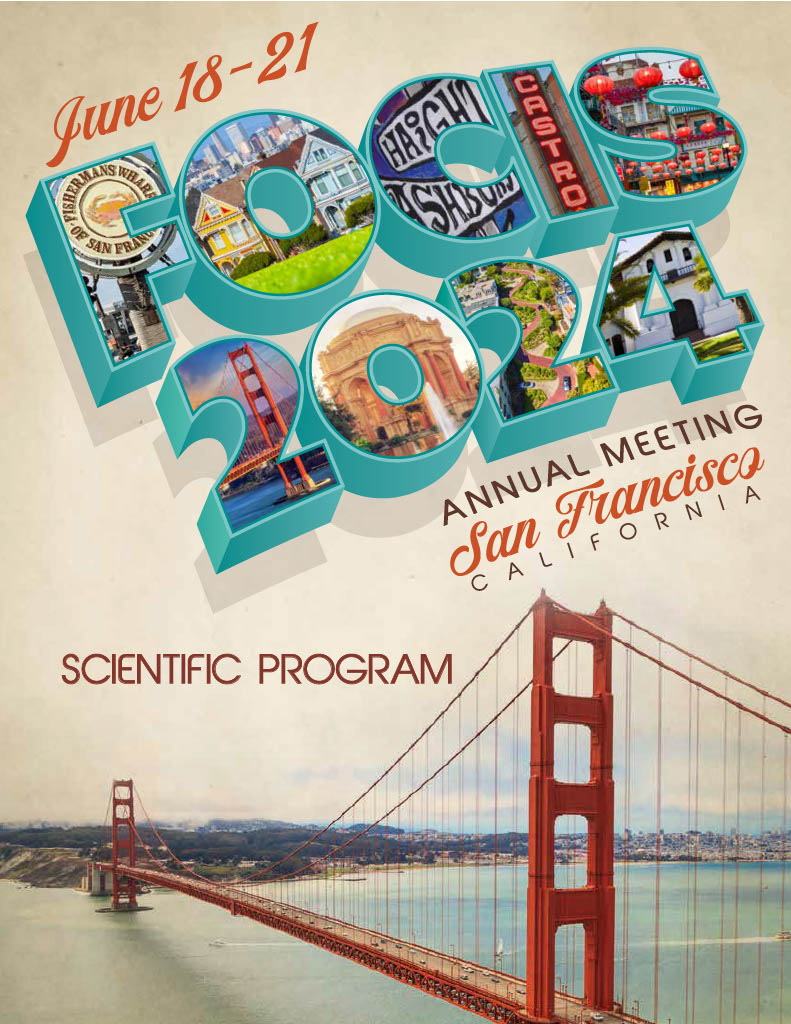Back
Immuno-oncology
Session: Immuno-oncology
HIV-associated Lung Cancer Exhibits an Immunoregulatory Tumor Microenvironment
Thursday, June 20, 2024
4:30 PM – 4:45 PM PT
Location: Salons 3-6
- BE
Brinda Emu, MD
Yale University
New Haven, Connecticut, United States
Presenting Author(s)
Abstract Text: Non-small cell lung carcinoma (NSCLC) is a leading cause of mortality among people with HIV (PWH). We have previously found that circulating markers of T-cell dysfunction persist among PWH subsequently diagnosed with cancer, but the role of immune dysfunction within the tumor microenvironment (TME) has not been explored. Using a matched cohort of NSCLC tissue from PWH (n=18) and people without HIV (PWOH) (n=19), a tissue microarray was prepared and imaging mass cytometry was used to quantify expression of cellular markers while maintaining spatial integrity. Linear mixed effects model and AI-based pageRank mathematical algorithm based on spectral graph theory were used to quantitate differences in findings. CD8+ T cells from the TME of PWH demonstrated distinctly different immune profiles compared to PWOH. Notably, CD8+ T cells from PWH showed enriched representation of subsets with elevated expression of PD-1 and Lag-3, as well as activation and proliferation markers (57% of all CD8+ T cells in PWH compared to 27% in PWOH, P< 0.001). Among tumors from PWH, tumor-associated macrophages revealed increased expression of immunoregulatory molecules (PD-L1, PD-L2, B7-H3, B7-H4, IDO1 and VISTA; 59% of TAMs in PWH compared to 18% among PWOH, p< 0.001). Using spectral graph theory to confirm imaging mass cytometry data, HIV+ vs HIV- tumors could be discriminated with 84.6% accuracy. In conclusion, we show that that the TME from PWH demonstrate an altered and unique immune landscape, with evidence of T cells and macrophages with immunoregulatory phenotypes and evidence of exhaustion, which may portend altered outcomes to immunomodulatory therapies.

